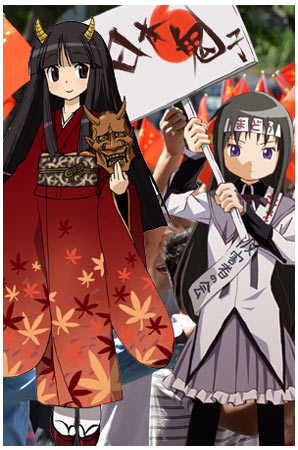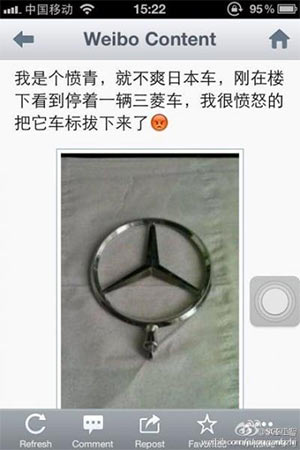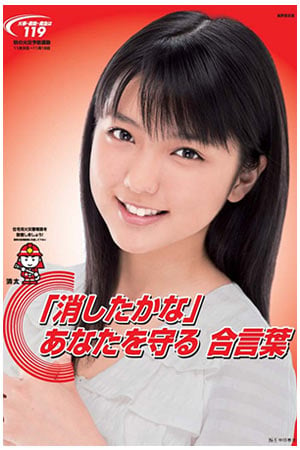This has certainly been a harrying week for violent protests. The Japanese government’s purchase of the Senkaku Islands from their private owners, a move aimed at reducing extremist activity from both China and Japan, had the opposite effect as Chinese demonstrators ran amok, burning Japanese cars and smashing the windows of Japanese businesses in more than 100 cities. Although the destruction of property was very sad, it hasn’t been without comedy, like the protester who defaced a Mercedes-Benz car thinking it was Mitsubishi, the mistaken attacks on “Japanese” businesses like McDonald’s and Rolex, plus the “Japanese” Samsung factory that got burned down. (South Korea’s Samsung encourages Chinese consumers to believe it’s a Japanese company, advertising itself with images of Mt. Fuji to promote an image of quality, something it probably regrets now.)
While the protesters were expressing anger at Japan’s 1895 annexing of Senkaku/Diaoyu, which China claims has been its territory since 1534, they were mostly harming their own countrymen, destroying Japanese cars owned by Chinese citizens and damaging businesses owned by Chinese shareholders. They were also doing a great deal of damage to relations with their neighbors (China has territorial disputes with most of its neighbors, who must be watching this week’s developments nervously) as well as untold economic harm, just as its domestic economy is slowing down. It’s certainly been interesting to watch the drama unfold. While the Japanese news has covered the demonstrations, with various political commentators giving their opinions on the complex issues at play, most of the interesting news has only been available online. (Japan’s free press is very quick to censor itself on various topics, leading many Japanese to turn to foreign news sources or the Internet to learn the whole story.) While Japanese are deeply concerned about the images they’ve been seeing, most expect things to return to some form of normalcy soon. (“It’s just a festival they hold every few years,” said one J-List staffer.) Always looking for an excuse to create new moe art, artists on Japan’s 2ch BBS took riben guizi, a derogatory Chinese word meaning “Japanese devil” and made a cute character named Hinomoto Oniko (the Japanese reading of the same kanji characters). She’s quite cute, and has become a popular Internet meme.

 Severe anti-Japan protests in China; a protestor boasts online about the “Mitsubishi” logo he stole.
Severe anti-Japan protests in China; a protestor boasts online about the “Mitsubishi” logo he stole.















